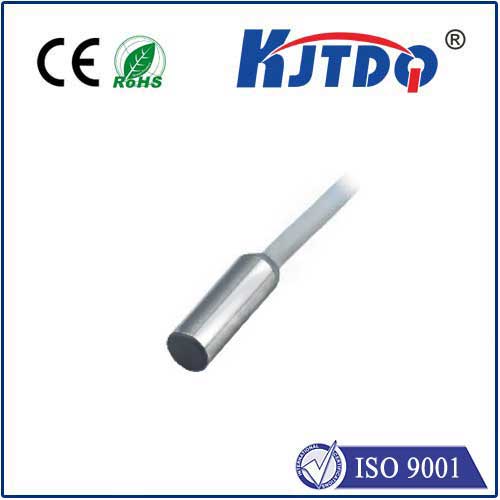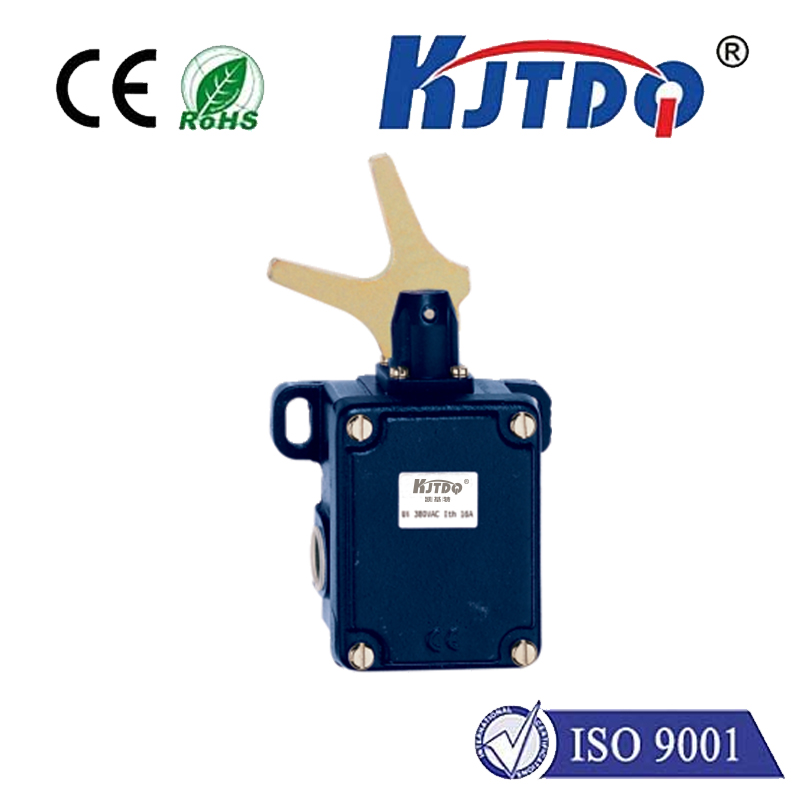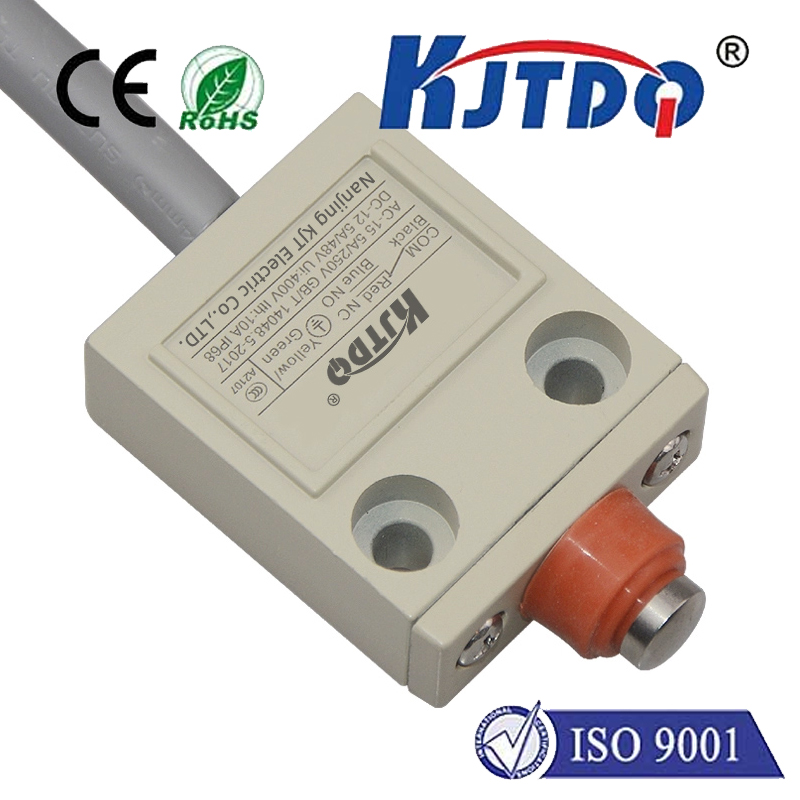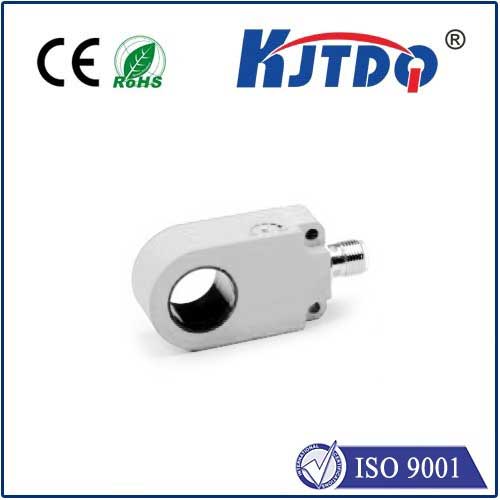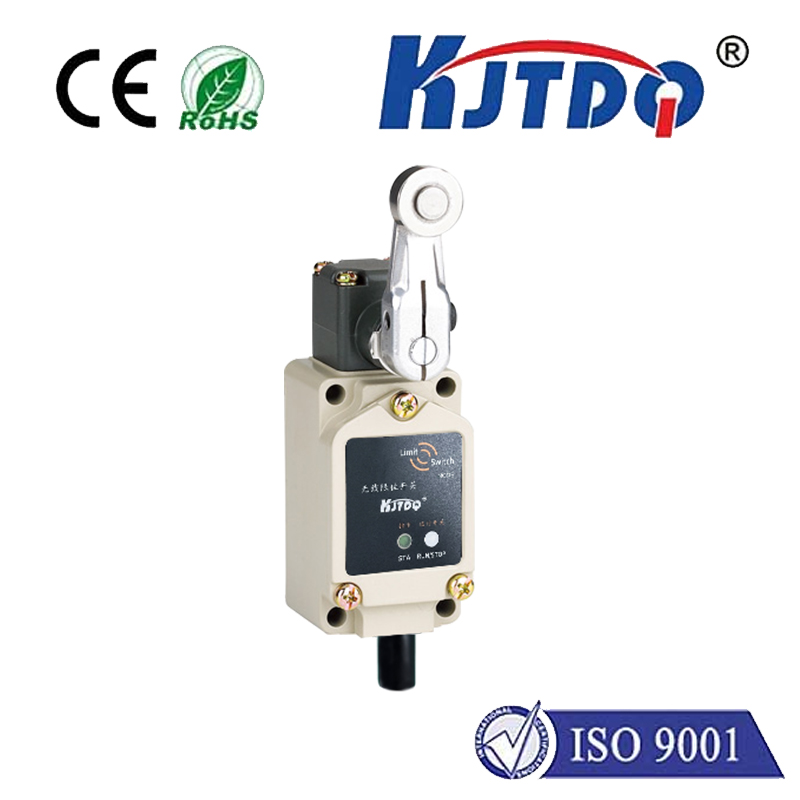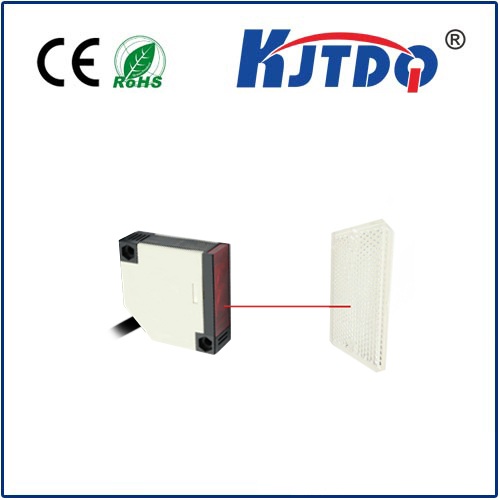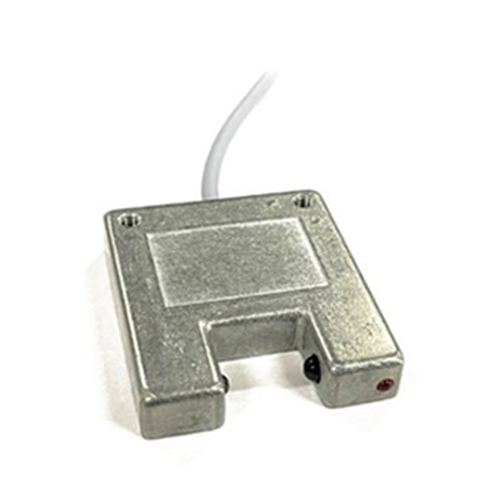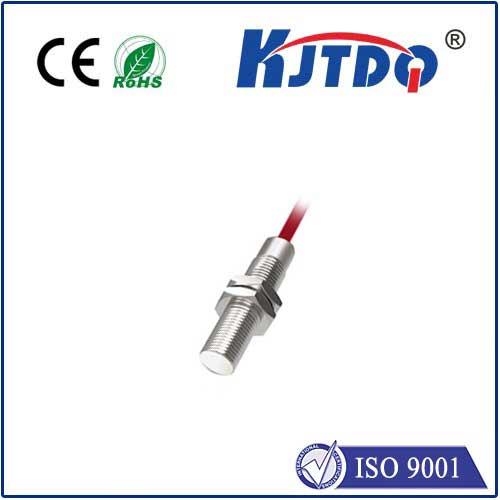sensor infrared proximity
- time:2025-06-25 00:05:13
- Click:0
Unseen Detection: The Power and Precision of Modern Infrared Proximity Sensors
Ever wonder how your phone screen magically dims during a call, preventing accidental cheek-dials? Or how robotic vacuums navigate around furniture without bumping incessantly? The unsung hero enabling this seamless interaction is often a tiny, powerful component: the infrared proximity sensor. These ingenious devices detect the presence, absence, or distance of nearby objects without physical contact, using the invisible power of infrared light.
Fundamentals of Infrared Sensing
At its core, an infrared proximity sensor operates on relatively straightforward physics. It consists of two main components: an infrared light-emitting diode (IRLED) and an infrared photodetector (like a photodiode or phototransistor). The IRLED emits a beam of infrared radiation, light just beyond the red end of the visible spectrum. This light travels outward until it encounters an object within its range. Crucially, most objects reflect a portion of this infrared energy back towards the source. The photodetector is specifically tuned to sense this reflected IR light.
Distance Measurement: The Time-of-Flight (ToF) Principle
While basic detection (presence/absence) is common, advanced infrared proximity sensors excel at measuring distance with remarkable accuracy. This is primarily achieved through the Time-of-Flight (ToF) principle, a sophisticated method gaining widespread adoption in high-end applications.

- Emission: The sensor’s IRLED emits a precisely modulated pulse or burst of infrared light.
- Reflection: This pulse travels through the air, hits a target object, and bounces back towards the sensor.
- Detection: The photodetector captures the reflected pulse.
- Timing: Sophisticated onboard circuitry measures the exact time ((\Delta t)) it took for the light pulse to travel from the emitter to the object and back to the detector.
- Calculation: Since the speed of light © is a known constant ((\approx 3 \times 10^8) m/s), the distance (d) to the object can be calculated using the simple formula: d = (c * (\Delta t)) / 2. The division by two accounts for the round-trip journey of the light.
This direct measurement of flight time allows ToF infrared proximity sensors to provide highly accurate and fast distance readings, independent of an object’s color or surface texture (within reason), overcoming limitations of simpler intensity-based reflection sensors.
Key Advantages Driving Adoption
The widespread use of infrared proximity detection is no accident. It offers several compelling benefits:
- Non-Contact Measurement: Essential for fragile objects, moving parts, or hygienic environments.
- Compact Size and Low Power: Modern IR sensors are incredibly small and consume minimal power, making them ideal for battery-powered devices like smartphones, wearables, and IoT gadgets.
- Fast Response Time: They detect changes in proximity or distance almost instantaneously.
- Cost-Effectiveness: Mass production has made these sensors highly affordable.
- Versatility: They function reliably in darkness as well as light, as they rely on their own emitted IR source.
- Robustness: Having no moving parts enhances durability and lifespan compared to mechanical switches or ultrasonic sensors in certain conditions.
Diverse Applications Across Industries
Infrared proximity sensors silently power countless applications:
- Consumer Electronics: Smartphone screen on/off control during calls, automatic brightness adjustment, gesture recognition, lid open/close detection (laptops, tablets), touchless faucets.
- Industrial Automation: Object detection on conveyor belts, robot guidance and collision avoidance, positioning control, counting parts, monitoring fill levels in non-transparent containers.
- Automotive: Driver presence detection for safety systems, hands-free trunk opening (kick sensors), obstacle detection for parking aids or autonomous driving systems (often fused with other sensors).
- Robotics: Essential for navigation, obstacle avoidance, and environment mapping in both industrial and consumer robots.
- Security Systems: Part of motion detectors, beam-break systems for perimeter security.
- Building Automation: Presence detection for lighting and HVAC control, saving significant energy in unoccupied spaces.
- Medical Devices: Non-contact switching in hygiene-critical environments (e.g., touchless dispensers, surgical equipment controls), patient monitoring.
Critical Considerations: Environmental Factors
While powerful, infrared proximity detection isn’t without challenges. Performance can be influenced by:
- Ambient Infrared Light: Strong sunlight or sources like incandescent bulbs emit significant IR radiation, potentially saturating the detector and causing false readings or reduced range. Effective optical filtering and modulation techniques are crucial to mitigate this.
- Target Object Properties: Highly absorbent materials (like black velvet) or very small, distant objects may reflect insufficient IR light for reliable detection. Transparent materials (glass) can be problematic depending on the angle.
- Contamination: Dust, dirt, or moisture on the sensor lens can obstruct both emission and reception of the IR beam.
- Operating Range: Every sensor has specific minimum and maximum detection distances; selecting the appropriate range is vital.
The Future of Infrared Proximity Sensing
The evolution of IR sensors is ongoing. We see trends towards:
- Increased Integration: Combining multiple sensing elements (IR proximity, ambient light, accelerometer) into single compact modules.
- Enhanced ToF Performance: Higher resolutions, faster frame rates, and longer ranges.
- Sensor Fusion: Combining infrared proximity data with inputs from cameras, ultrasound, or radar for more robust and context-aware perception systems in autonomous vehicles and advanced robotics.
- Miniaturization: Pushing the boundaries of how small these sensors can be, enabling applications in micro-medical devices and ultra-compact consumer tech.
Infrared proximity sensors are a testament to how a fundamental understanding of light can be harnessed into practical, ubiquitous technology. From the phone in your pocket to the factories manufacturing goods and the robots cleaning your home, these unseen sentinels, quietly pulsing with invisible light, are fundamental to enabling smarter, safer, and more intuitive interactions between machines and our world. Their combination of precision, compactness, and reliability ensures their role will only expand as our desire for seamless automation and interaction grows.












